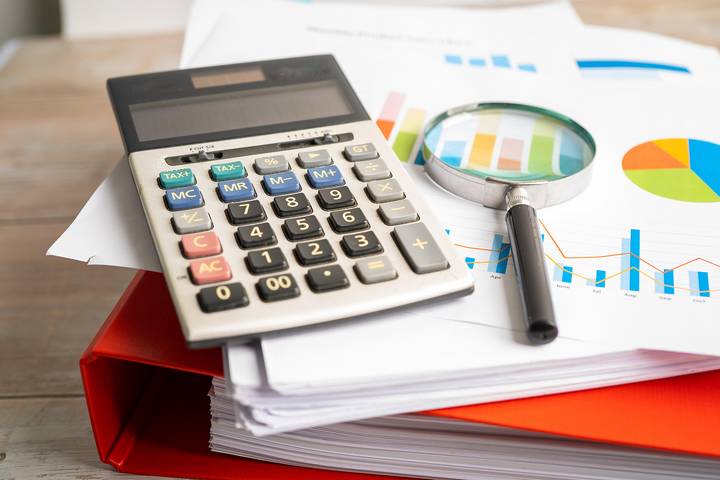How to Claim SR&ED Expenses Properly

To claim expenses through the Scientific Research and Experimental Development (SR&ED), a corporation or individual must file their income tax return with a completed Form T661. This will require providing relevant documentation and technical information to justify the SR&ED expenditures claimed.
Claiming SR&ED expenses is based on filling out these tax forms and being aware of what’s eligible as an SR&ED expenditure. If this is your first time making an SR&ED claim, you may not have the documents you need to support certain expenses and expenditures. Don’t file the claim, though. There may be other documents or evidence you can use to support a claim.
There are lots of consultants that offer a pre-claim consultation. They can help identify what you can use in an SRED claims situation if you’re unsure. If you need assistance filling out your SR&ED claim, seek a consultation.
Let’s learn about how to claim SR&ED expenses:
List of SR&ED Expenses

SR&ED expenses must be thoroughly supported with documentation. A part of a project may be eligible while other parts excluded. This makes it integral to determine what’s claimable through what work was done, who performed it, when it was completed, and how long it took to do it.
As you claim what work qualifies under SR&ED, the expenditures you can cover include any salary or wages attached to the project, materials purchased, contracts relating to the SR&ED project, overhead, and third-party payments.
Calculating SR&ED Expenses

There are two ways of calculating SR&ED expenses – the traditional method and the proxy method. You must select one for the tax year.
- The traditional method identifies each overhead cost incurred because of the SR&ED project.
- The proxy method uses a formula based on expenditures for salary or wages to calculate a substitute amount for SR&ED overhead and expenditures.
Eligible SR&ED Work

There are various scenarios you may face in claiming SR&ED expenses. Suppose the whole project is eligible, perfect. Sometimes, a business project may have a mix of eligible and ineligible work. Other times, you may have SR&ED work occurring across multiple business projects that together form an SR&ED project. In claiming your SR&ED expenses, clear reasoning must be provided for how the claimed expenses relate.
SR&ED Documentation

Some records and documents supporting an SR&ED claim include financial statements, ledgers, journals, and vouchers. If your SR&ED expenses are selected for review, you can also use source documents, ranging from receipts to contracts and general correspondence. You can also use project planning documents, progress reports, test reports, contracts, timesheets, payroll records, purchase invoices, and accounting records.
SR&ED Expenditures

You have up to 12 months after your business income tax return is due to report eligible SR&ED expenditures. After that period expires, you forego your right to include them in future claims and expenses.
After Submitting an SR&ED Claim

The CRA will check your SR&ED claim to verify it’s completed correctly. In many cases, it’ll be processed without further review. If aspects of it have not been completed, you may be contacted to provide further documentation. Be sure to have your records available, ready to be pulled should this occur.
How long you should keep your SR&ED claim records varies, but most recommend keeping any records and supporting documentation for a minimum of six years from the end of the last tax year they relate to. This is what the CRA suggests. After six years, it can be your discretion what happens to those records.
Support a Claim for SR&ED Expenses

Supporting evidence may be sought relating to SR&ED expenses. This can include written documents dated and specific to work performed and any photographs, videos, and artifacts relating to the work.
If your claim is selected for review, however, the CRA may visit your workplace to speak with the technical and financial staff involved in the SR&ED claim. This process of reviewing can take several weeks and may result in a dispute wherein you do not agree with the decision of the review. There is a process for dealing with such disagreements wherein objections can be filed, and an appeal can be made.
Be sure to look into what R&D tax credits may be available to you through your province or territory. Several eligible R&D tax credits go hand-in-hand with the federal SR&ED program worth looking into.



















